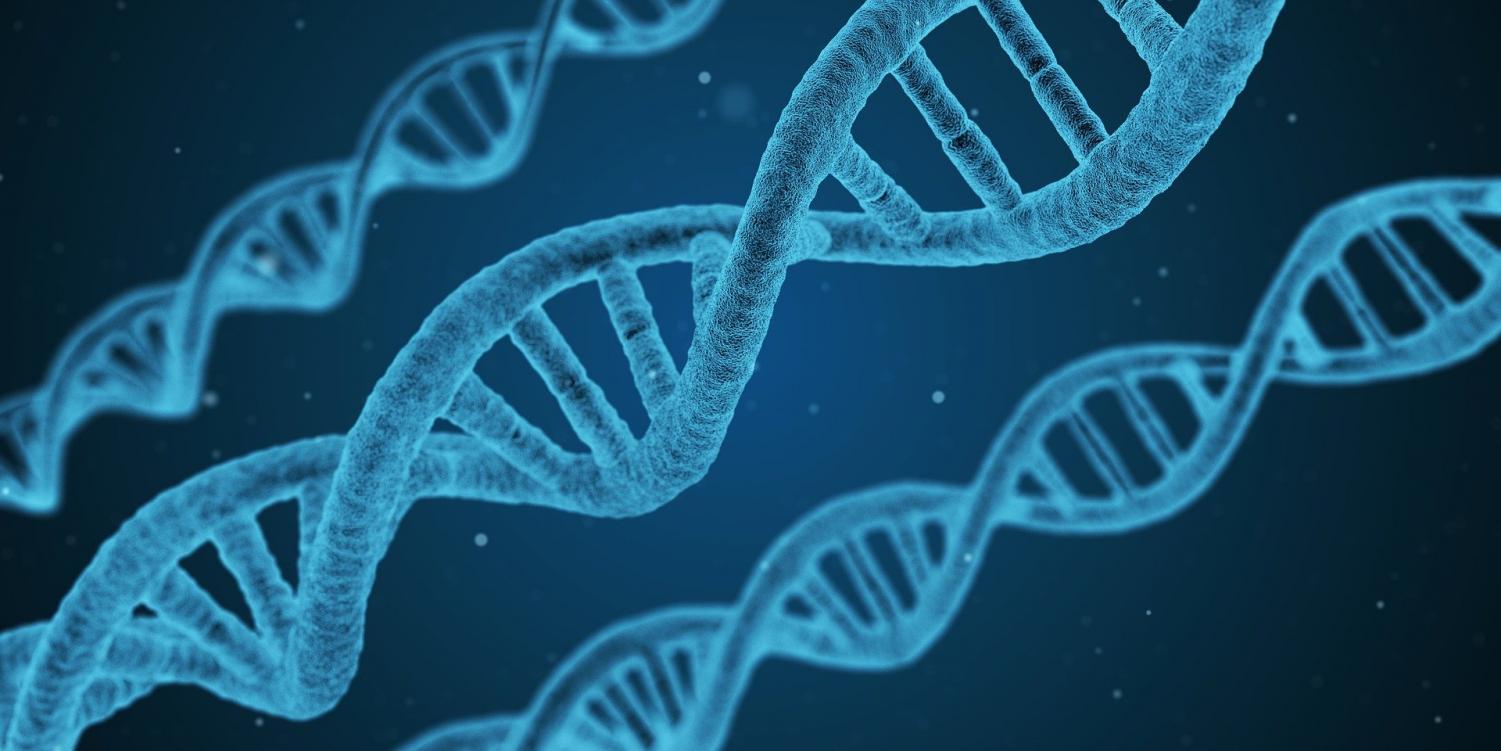Animal cloning creates promising discoveries for cures to diseases
March 30, 2020

Cloning has been around for almost 30 years. A Scottish researcher, who has chosen to remain anonymous, produced the first cloned sheep after 276 attempts. Over two years later, a Japanese researcher tried to clone eight calves from one cow, however, only half survived. Cattle and sheep are the most popular to clone, although other animals that have been cloned include cats, deer, dogs, horses and many more. Although human cloning has been shown on television, it is still part of a world of fiction.
There are three different types of cloning: genetic which only clones small segments of the DNA, reproductive which clones the entire animal and therapeutic cloning which produces stem cells that replace the bad tissue. Reproductive cloning is what most people might think of when cloning is mentioned in a conversation. However, even though the animals have the same genetic material, environmental issues and climate also have a role in the way the animals look.
Many farmers use genetic cloning to make more of their best cattle, such as a cow that never gets sick or has always produced great offspring. However, there are many downfalls to reproductive cloning, such as health defects. Many of the clones will have defects in vital organs, which prevents them from living a normal life.
However, reproductive cloning is hardly ever successful and mainly used for research. Gene cloning is one of the more popular ways to do research on parts of the species on how the manipulation of the cells will react. Scientists insert a part of the DNA they wish to study into the vector, the genetic material of the organism. The vector, after the DNA is inserted, is placed in lab condition and the gene is then multiplied.
Many clones happen naturally, such as an asexual animal that break off pieces of themselves to reproduce. Twins are also referred to as clones, as their DNA is almost the same. This happens when a fertilized egg splits and creates more than one embryo. Although twins have almost the same genetic makeup, they are genetically different from each other and both of their parents.
Gene and therapeutic cloning are being further developed to treat certain diseases that can cause issues with the skin or vital organs. Another example of this is, replacing cardiac cells that are damaged with cardiac insufficiency with cells that are healthy and new; the affected person will heal as if the damaged cells where never there in the first place. However, solving cardiac issues are just the beginning. Not only do scientist and doctors want to find a way to solve incurable diseases such as Alzheimer’s, a degenerative condition, cystic fibrosis and cancer. Gene cloning might just be the way that these diseases are put to an end.
Gene cloning may be performed on a regular basis in the near future, but the process is very long and difficult. There are thousands of types of cells in the human body that each have a specific job to make sure that our bodies run the correct way. Before scientists are able to make gene therapy a realty, they have to learn how to stimulate, program and deprogram the stem cells in the human body.
Although this seems like something that could be done easily there are three different types of stem cells; Embryonic, Somatic and Induced pluripotent. They are different for two reasons, one is that they all have a different potential capacity (the different types of cells into functioning tissues that make up the body) and the second is their capacity to renew themselves, such as making new copies of themselves. Embryonic and Somatic cells occur naturally in the body, while Induced pluripotent cells are made in a lab.
Although as of right now there are more questions than answers, gene therapy will soon be a thing of the future and could make people with deadly diseases live a fuller and happier life. However, many of the experiments to make this happen are still in the testing stages with animals, there will soon be a world where gene and therapeutic cloning are a new normal.
















